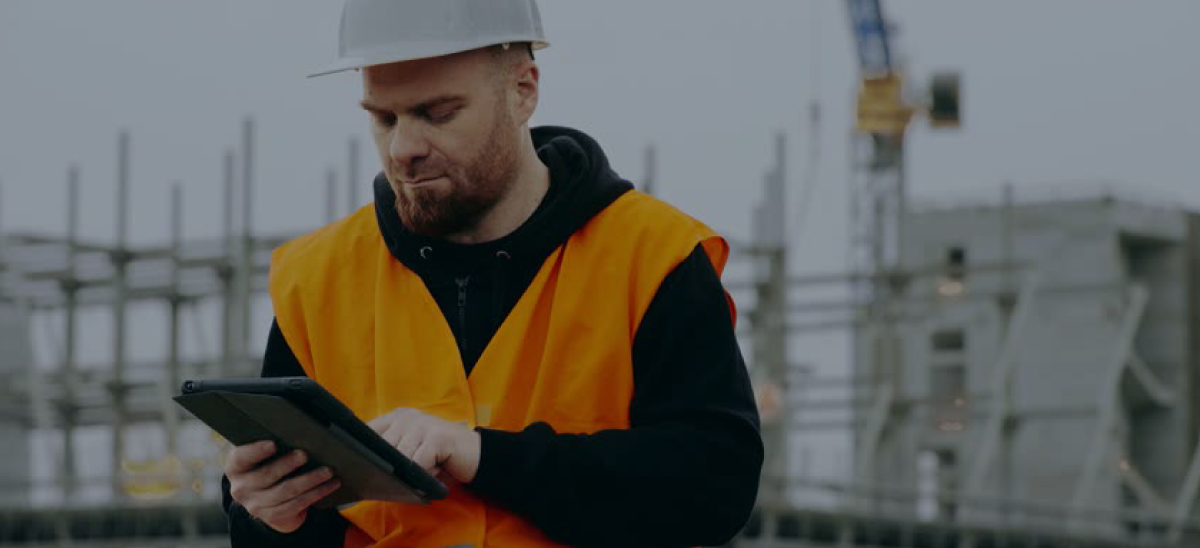
PUBLISHED
September 27, 2016
WRITTEN BY
Victoria Formosa
Creating Full Cycle Safety Participation in Hazard Management
Over the last 7 years, eCompliance Safety Software has been used to complete more than 20,000 management system audits (18001, Certificate of Recognition, etc.). A striking theme we found across companies of all sizes, industries and countries is that everyone was receiving lower scores on hazard management in audits conducted by the company’s internal or external auditors. With these facts,
eCompliance embarked on an engineering initiative starting in 2015 to help companies practice better hazard management across their entire organization.
On July 14, 2016, eCompliance launched a free hazard assessment tool as a way of giving back to the community and helping every organization create a safer work environment, regardless of industry. However, we quickly realized that helping organizations conduct hazard assessments was only half the battle. Regardless of how efficiently or effectively formal job hazard assessments were completed, safety professionals still struggled to link their formal hazard assessments to their onsite workers’ routine safety activities.
eCompliance wanted to help fill the gap between formal hazard assessments and daily/onsite forms, so we created a way for safety professionals to create mobile form templates based on their formal hazard assessments. Essentially, this enables safety professionals to link their formal hazard assessment program directly to the mobile phones used by colleagues across all sites/locations.
A Quick Summary
Hazard and Risk Assessment is a process that touches every level and role in an organization. Effective hazard management requires the executive team to define risk and create a risk matrix for the organization. Safety professionals then assess and prioritize hazards and associated controls for all major tasks, jobs, processes or projects in the company. By constantly evaluating controls to reduce risk, safety and risk professionals can get a clearer view of gaps and opportunities for continuous improvement. Finally, this process requires onsite workers to complete daily forms assessing the hazards they face in day-to-day tasks and ensuring that adequate controls are in place.
Creating Full Cycle Safety Participation in Hazard Management
However, as mentioned above, safety professionals often struggle linking the formal job hazard assessments (which often sit in corporate binders) with the site hazard assessment forms used by field workers on a daily or shift-by-shift basis.
This often creates a disconnect between how safety professionals perceive risk and how risks are controlled on-site by staff, especially with turnover, changes in projects or scope of activities. More often than not, the hazard management process becomes forgotten or easily glossed over in orientations of new employees. Given the amount of time, management and stakeholder buy-in that is required to do all of these right, it is not surprising that most companies experience large gaps in creating and maintaining effective hazard management in the long run. However, this also means it is the greatest (but most overlooked) opportunity for hitting safety targets.
One way to close this gap and simultaneously boosting safety participation is by using the power of the cloud to automatically link a clear formal hazard assessment to daily processes by staff (FLRA’s, FLHA’s, operating procedures, toolbox talks, etc.) This simple concept may very well solve these fundamental gaps that even the strongest safety performers experience in their programs.
5 Steps Full Cycle Safety Participation in Hazard Management:
1. Creating a consistent risk matrix for the entire organization and using this foundation to support the rest of the hazard management process
2. Identify the hazards and pre-control risk ratings as well as controls for each hazard and post control risk ratings for each task of each job within your organization
3. Prioritizing cross-company initiatives around the controls that will make the most impact and tracking the action items accordingly to completion
4. Automatically communicating and confirming the Hazard Assessment is understood by everyone with that job
5. Create a two-way communication of risk and controls by linking the formal Hazard Assessment to recurring forms conducted by colleagues on-site
The Results
When you use eCompliance to complete these crucial safety activities, you can not only conduct the early steps of assessing, prioritizing and communicating automatically, but also link these items directly into the daily/site forms filled out with the eCompliance mobile app. This allows you to remind your staff of risks (or controls) identified in the formal job hazard assessment and keeps the data fresh so you have one consistent data set on controlling risk across your organization.
By doing so, your workers are able to connect the task that they are doing that instant to its direct impact on their health and safety in real-time. This higher level of participation can ultimately create a more unified vision on health and safety and strengthen the safety culture of your organization.
Empower Your Employees
& Protect Your Business
We can make effective changes to
your health and safety processes.
Learn how Lisbon Valley reduced time allocated to administrative tasks by 79%.
READ CASE STUDY →